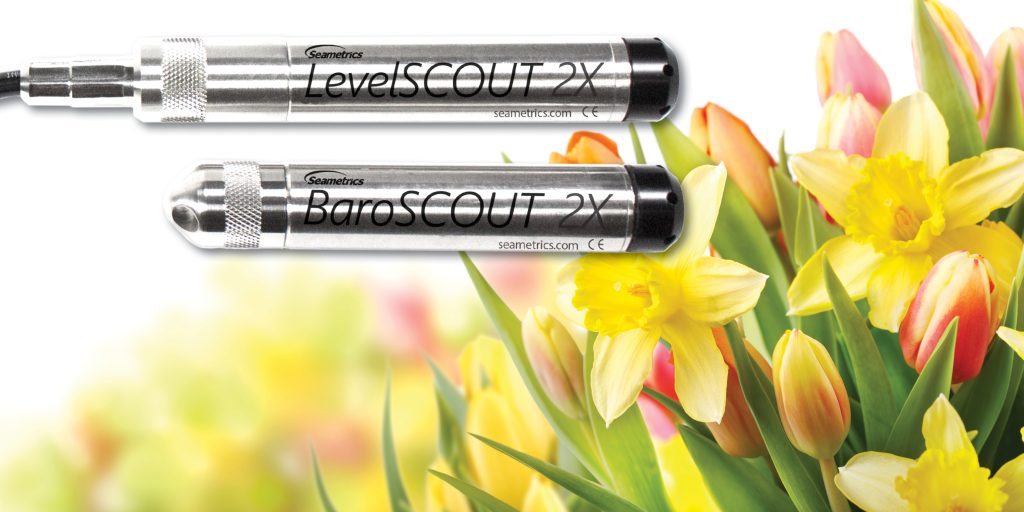Are You and Your Sensors Ready?
While our neighbors in the Southern Hemisphere start preparing for their fall and winter seasons, those of us in the Northern Hemisphere are gearing up for the spring deployment of our environmental sensors. Many of these sensors have spent the winter in storage after a full season of work. Now is the time to wake them up from their winter slumber and prepare them for another active season. In this blog, we will cover the essential steps to get your sensors ready for spring.

1. Batteries:
If your sensors use batteries, now is the time to check them. Start by connecting your sensor to your companion software. In our case, Seametrics users can utilize the Aqua4Plus Software. Some sensors detect their remaining voltage, while others calculate it. Regardless of the method, the key question is: Do you have enough power for the season? Review last year’s usage to determine if you have sufficient battery life. If not, don’t worry. All Seametrics smart sensors with internal batteries can be replaced by the user or a local dealer. Our sensors are designed to be serviced rather than discarded.
For example:
- PT2X, CT2X, and TempHion sensors use two field-replaceable Li-Ion AA batteries.
- LevelScout2X and BaroScout2X use Seametrics 2/3AA Battery kits, available from Seametrics or any of our distributors.
- Turbo and DO2 sensors utilize eight AA auxiliary battery boxes when not connected to a telemetry system. These are easy and straightforward to replace.
For battery replacement instructions, refer to your manual or our support videos listed on our support video page.
2. O-Rings:
While replacing the batteries, consider replacing the O-rings on the sensors as well. These O-rings are crucial for keeping water out of the sensor. If they show signs of damage or are old, it’s time for a replacement. This can conveniently be done during the battery change process. If you’re unsure about the type of O-rings you need, contact one of our distributors or our Technical Service team.
3. Cables:
Inspect cables for any damage that may have occurred during the last season. Look for cuts, breaks, or damage to connectors and pins. Damaged cables should be replaced, which can be done for any of our environmental sensors.
4. Desiccants:
If your sensor is a vented level version, it either has a desiccant or a bellows. Over the winter season, desiccants may be used up. Check if the beads have turned from dark blue to a pink almost clear color, indicating expiration. Now is the time to replace desiccants, following the instructions provided in our manual or website. Bellows should also be inspected for tears or holes. Vent tubes should be checked for kinks, breaks, or loss of connection.
5. Calibration:
Water quality sensors need calibration after sitting on the shelf all winter. Clean sensors with a mild detergent and a soft brush. Even if they were cleaned before being stored in the fall, a quick cleaning is recommended. If the sensor has an internal reference solution, replenish it now.
After cleaning and solution replacement, check if your sensor requires calibration solutions. Ensure the solutions are not expired and are appropriate for the sensor’s expected measurement ranges. Follow up with a test in a bucket of water to ensure stable readings. If your sensor does not accept calibration, or does not function properly, please reach to your Seametrics distributor or our service department.
For sensors requiring factory calibration and service, contact your local distributor or service@seametrics.com to schedule.
Summary:
No one wants to get hit with unexpected issues during the monitoring season. It only takes a little time and effort to service these sensors and be successful. If you have any questions, require additional information, or have any concerns, please contact us at 1-800-545-7843
